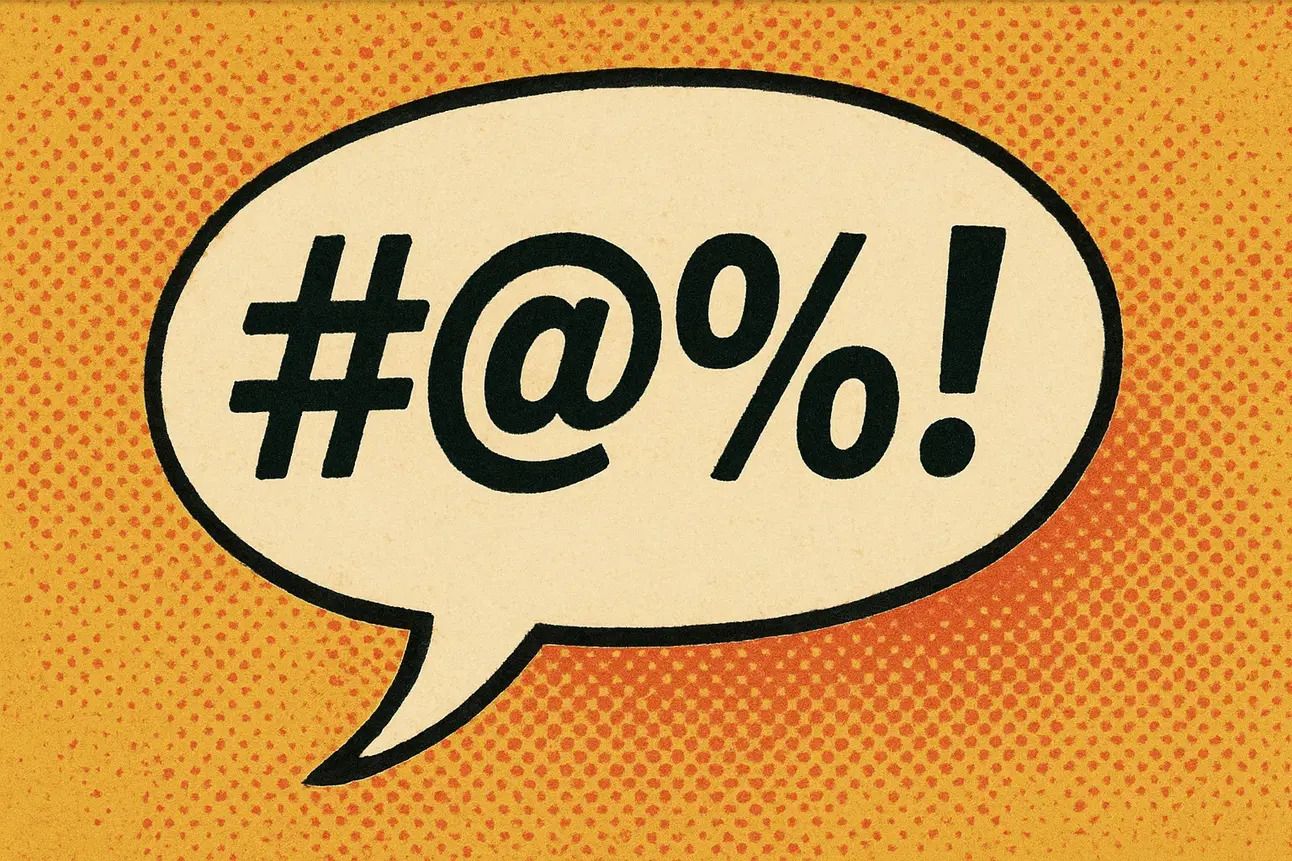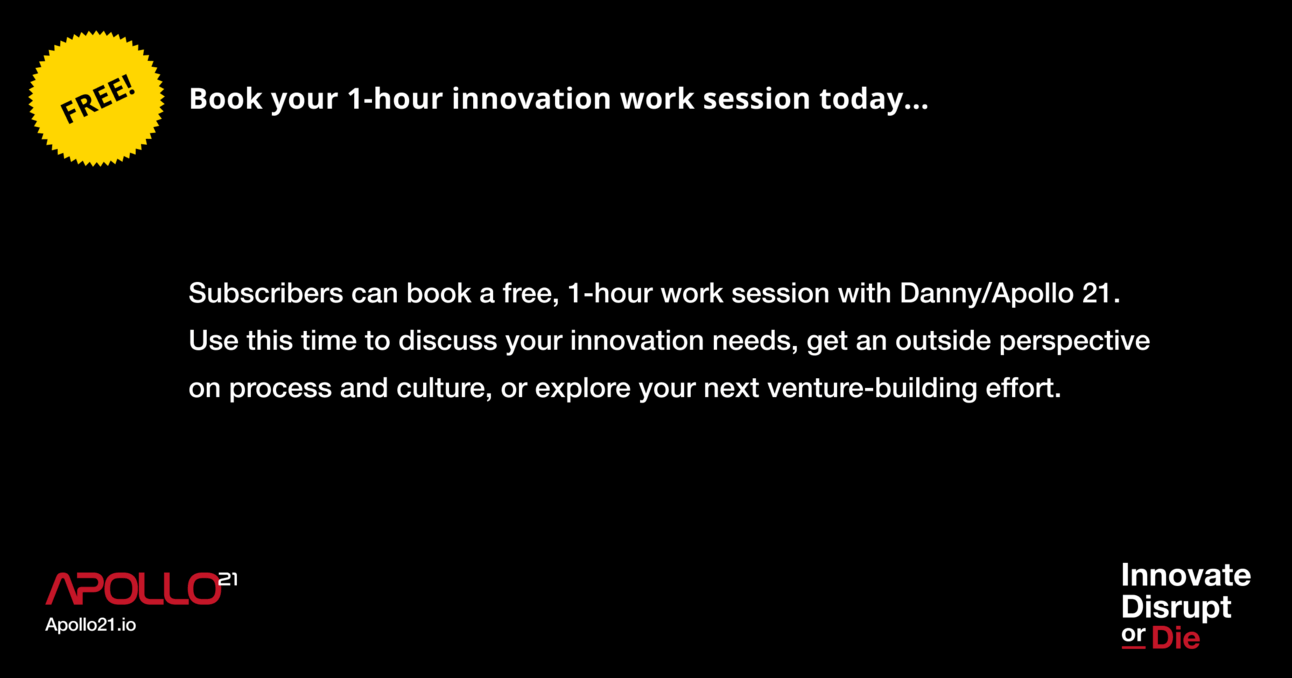
Opportunity is Discovered in Emotion.
You won’t find innovation in a spreadsheet.
You’ll find it in the four-letter words: #$*&!!!
You’re dutifully watching the user’s every move. Every click.
Step by step through your 12-step onboarding flow.
They’re quiet. Focused. Polite.
Then, as Step 7 loads, they mutter…
“Oh, come on…more??”
“Seriously??”
“WTF 🙄”
There it is. That little moment screams opportunity. It shows up as friction. It’s usually small and annoying. And it’s always emotional.
People don’t buy products.
Not everyone will say this out loud, but it’s true.
Most products exist to reduce emotional pain.
You’re not hiring a budgeting tool because you love spreadsheets. You’re hiring it because you’re anxious about money and want to feel in control.
You’re not using a note-taking app because it has a better tag system. You’re using it because your brain feels cluttered, and you want clarity.
You’re not ordering takeout because the app has a slick mobile UI. You’re solving for exhaustion + hunger.
If you’re looking for opportunity, don’t start with utility. Start listening for those moments when people are frustrated, annoyed, or irate.
They buy pain relievers.
If you’ve read a few of our past editions, you’ve probably realized at this point that we’re talking about Jobs to be Done.
(Need to get caught up? Read this 👇)
The idea behind Jobs to be Done is pretty simple: people hire products to make their lives easier.
If you want to make people’s lives easier, you need to know what “easier” looks like. Or better yet, what it feels like to your customers…
It feels like clarity in a moment of confusion.
It feels like gaining control over something that was previously difficult.
It feels like a weight lifting off their shoulders because something that was tedious and time consuming is now fast and easy.
It feels like that moment when the Advil finally kicks in and the headache dissipates.
If you’re mapping jobs and ignoring feelings, you’re just writing a spec. If you’re paying attention to emotion, you’re diagnosing the gap between how someone wants to feel and how they currently do.
The emotion IS the opportunity.
Stop Asking. Start Watching.
There’s an unspoken problem with most customer interviews: they’re polite. They’re performative. They’re staged.
“Tell us about your goals.”
“What would make this more useful?”
“On a scale of 1 to 5, how likely are you to recommend…”
And they’re biased.
“Would you like it better if it did…?”
None of that will reveal emotion. None of it will uncover frustration. If you want to find the real opportunity to innovate, solve a problem, or make someone’s life easier, watch them do their work.
Shadow them for an hour (or a day). Ask them to show you, not tell you, how they do the thing.
Then shut up and pay close attention.
The moment of discovery is in the workarounds. The awkward pauses. The sighs of resignation. The browser tab they open instead of yours.
Before you ever get the opportunity to validate an idea, you have to find the idea worth validating. And to do that, you have to uncover the pain points.
Here’s a couple of my favorite workarounds…
These are the websites I visit all the time to do stupid little tasks that should be easier. Should figma have a character menu built in? Yes (and frankly, they probably do) but I can’t find it. Should I know how to calculate percentages quickly? Yes, but it’s easier when the formula is written in plain english.
That pain is emotional. You’ll see it. You’ll hear it. But only if you’re in the room.
If you’re relying on dashboards and surveys, you’re not getting close enough to your customers.
Opportunity Lives in Friction. Not in Ideas.
Pain is never clean. It’s human. Messy. Frustrated. Slightly embarrassed.
Opportunity hides in the dark corners of someone’s workflow. It’s in the workarounds they never talk about. In the place where someone says, “Yeah, it’s not great, but we deal with it.”
The best ideas feel obvious in hindsight because they fixed a pain no one wanted to admit they had. Instead of trying to invent something new, aim to solve something real.
You want a product idea? Go find where someone’s just “dealing with it.”
What happens when you find it?
Build the emotional release valve.
This is where you can begin to execute on an idea and build a business (or business unit) around the Job to be Done.
But don’t rush out and build the full solution.
Don’t build the platform.
Build the thing that addresses the emotion first.
If you can make your customer feel less overwhelmed, less behind, less dumb, or less invisible — you’ve already won. That’s how you earn their attention. That’s how you earn the right to keep building.
Then you can scale.
Emotions are the greatest “tell.”
We talk a lot about unmet needs, unsolved jobs, untapped markets. But sometimes the sharpest opportunities come down to the four-letter words.
That’s the sound of something breaking. That’s the glimmer of opportunity.
Go find it. Build there.
Go make something that makes people say: “Finally.”
Go create a solution that elicits sighs of relief instead of resignation.
Not sure where to start?
Watch a customer use your product.
Don’t take notes. Don’t interrupt. Just sit in the silence. And wait for the sigh.
That’s your cue.
What you just felt? That’s not validation. That’s not feedback. That’s your invitation to start discovering what really matters.
Opportunity lives in emotion. Everything else is noise.
The White Paper
Click here to download our white paper.
Download





